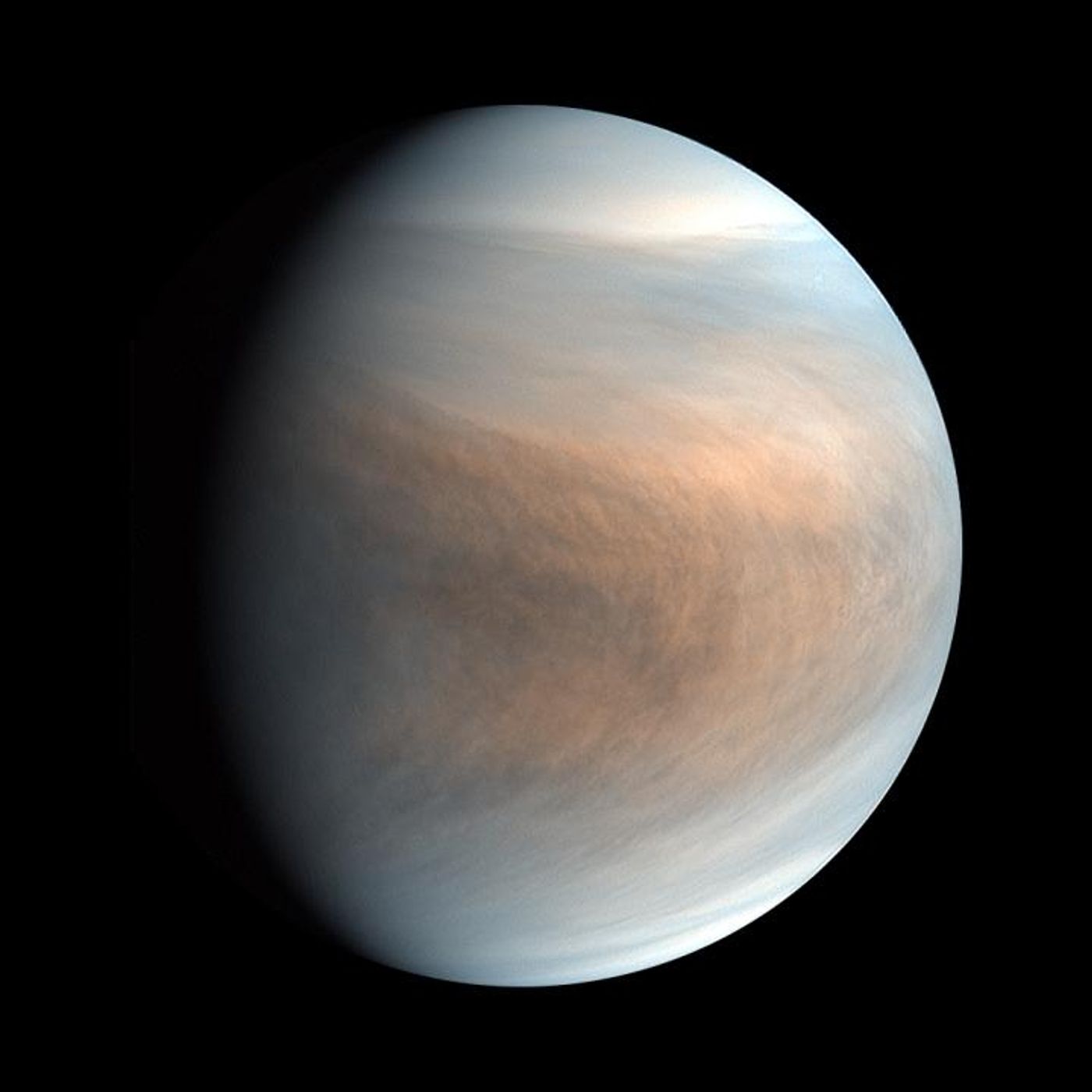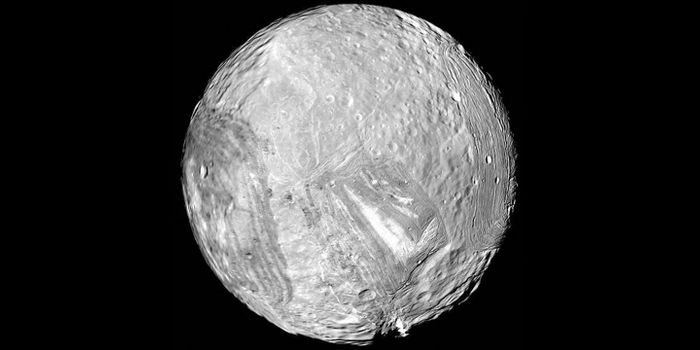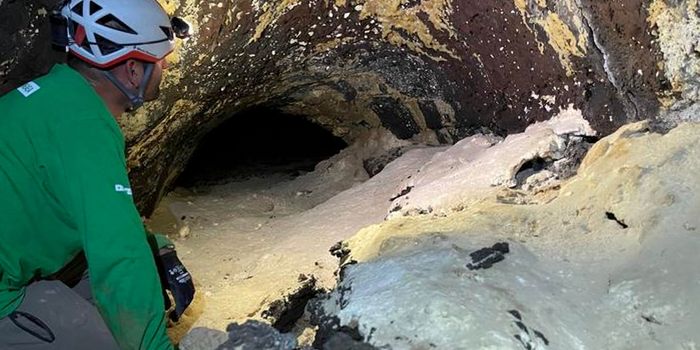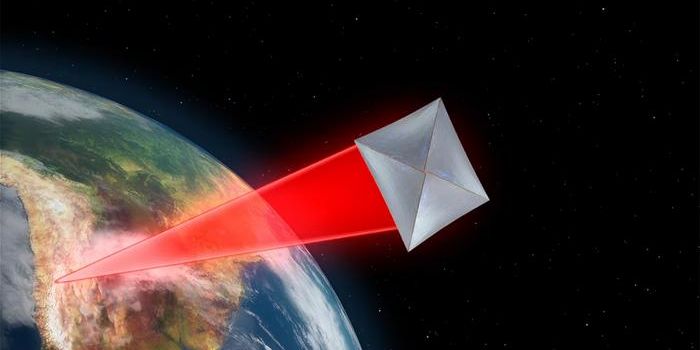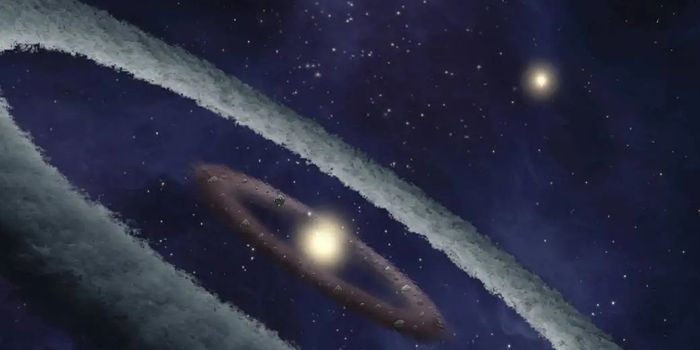Potential Signs of Life Spotted in the Clouds of Venus
Scientists were stunned to discover possible signs of life in the atmosphere of Venus. Team leader Jane Greaves of Cardiff University in the UK, said "When we got the first hints of phosphine in Venus's spectrum, it was a shock!"
Phosphine in the clouds of Venus was detected first at the James Clerk Maxwell Telescope (JCMT), operated by the East Asian Observatory, in Hawaii. Confirmation of the finding was performed using the 45 sensitive antennas at the Atacama Large Millimeter/submillimeter Array (ALMA) in Chile. The findings have been reported in Nature Astronomy.
"To our great relief, the conditions were good at ALMA for follow-up observations while Venus was at a suitable angle to Earth. Processing the data was tricky, though, as ALMA isn't usually looking for very subtle effects in very bright objects like Venus," noted team member Anita Richards of the UK ALMA Regional Centre and the University of Manchester.
An international team of researchers participated in this study, which has estimated that phosphine gas is present at small concentrations in the Venusian clouds; the level is about twenty molecules in a billion.
After detecting the phosphine, the researchers used computational tools to determine whether natural but non-biological processes on Venus might be able to generate the phosphine. These processes might involve minerals blown into the air from the surface, volcanic material, sunlights, or lightening. These sources were estimated to be capable of generating about one ten-thousandth the levels of what was observed, so it seems that none of these influences are the source of the phosphine.
Terrestrial organisms, on the other hand, are able to create phosphine. Bacteria can absorb phosphate from biological material or minerals, and by simply adding hydrogen, can release phosphine. While Venusian organisms would probably be extremely unlike terrestrial organs, they may still explain the phosphine in the clouds.
The scientists are confident that their observations are correct.
"In the end, we found that both observatories had seen the same thing: faint absorption at the right wavelength to be phosphine gas, where the molecules are backlit by the warmer clouds below," added Greaves.
Team member Clara Sousa Silva of the Massachusetts Institute of Technology has investigated whether phosphine can signify the presence of extraterrestrial life that does not use oxygen; normal biochemistry doesn't produce much of it. "Finding phosphine on Venus was an unexpected bonus! The discovery raises many questions, such as how any organisms could survive. On Earth, some microbes can cope with up to about five percent of acid in their environment, but the clouds of Venus are almost entirely made of acid."
The researchers acknowledged that we are still a long way from confirming the presence of life forms on other planets. Venus is an inhospitable place (the clouds are about 90 percent sulphuric acid).
Sources: AAAS/Eurekalert! via European Southern Observatory, Nature Astronomy
